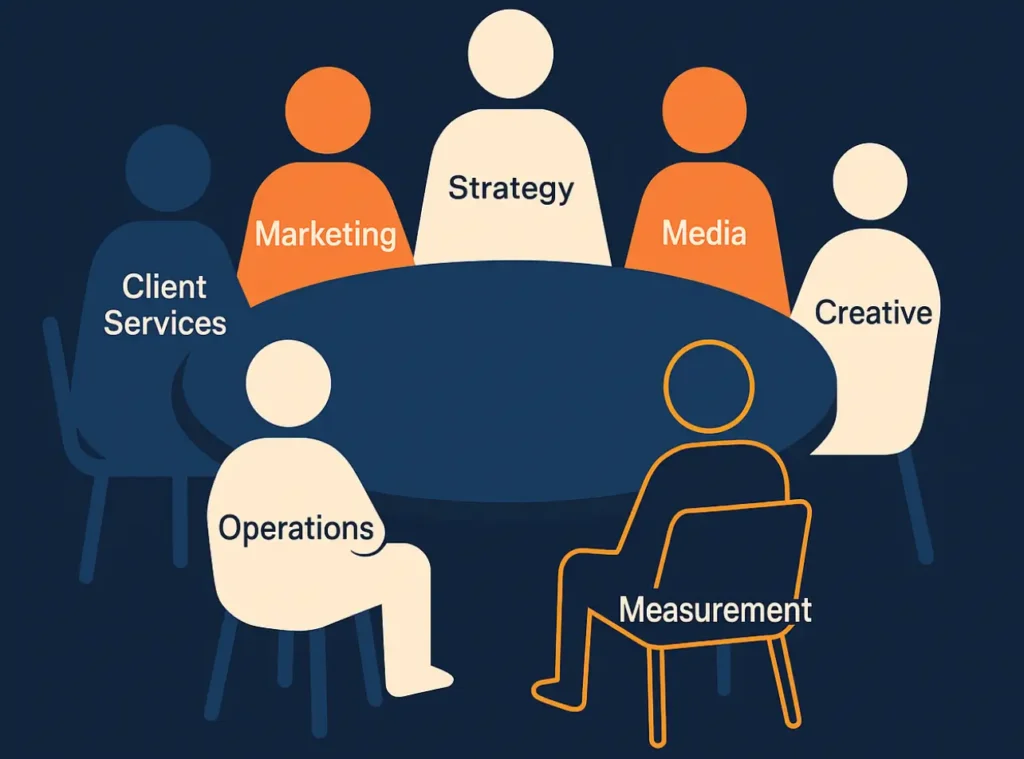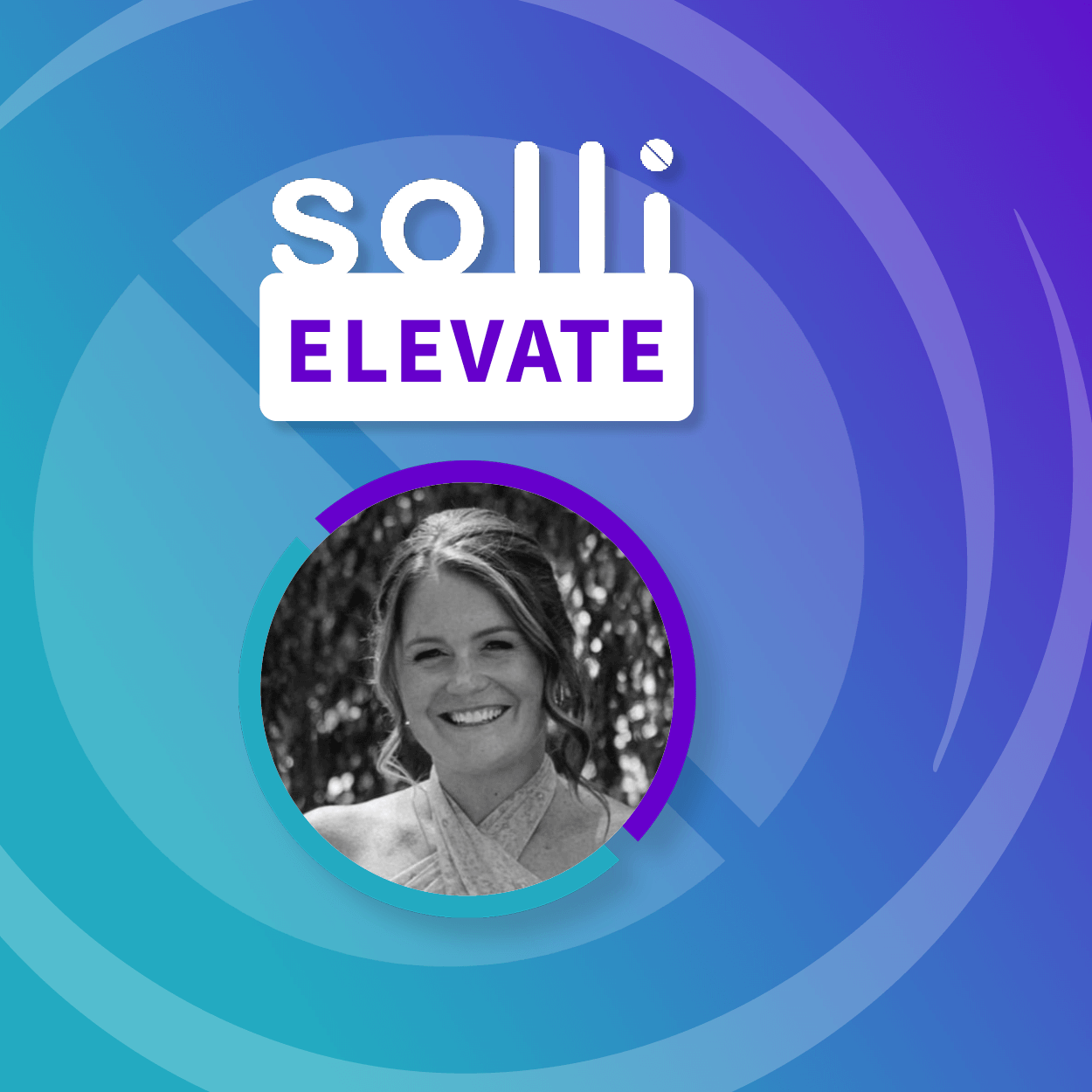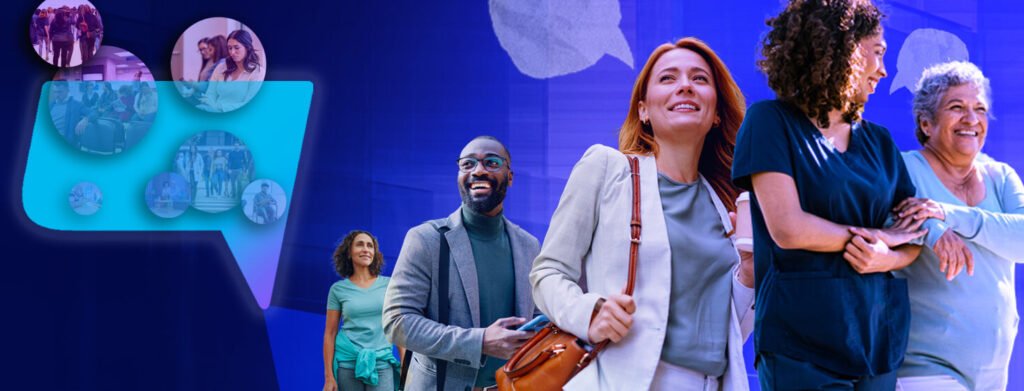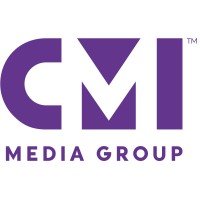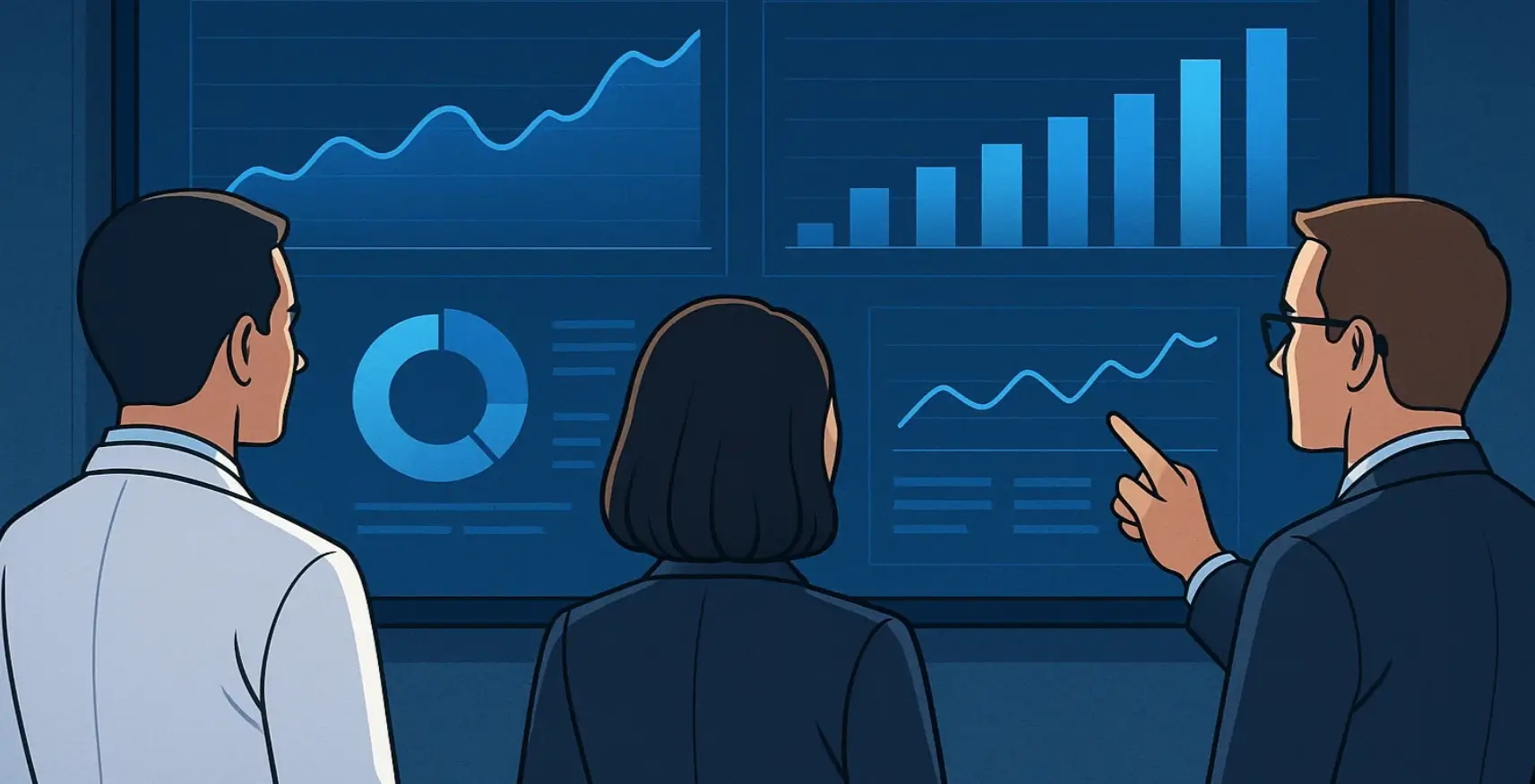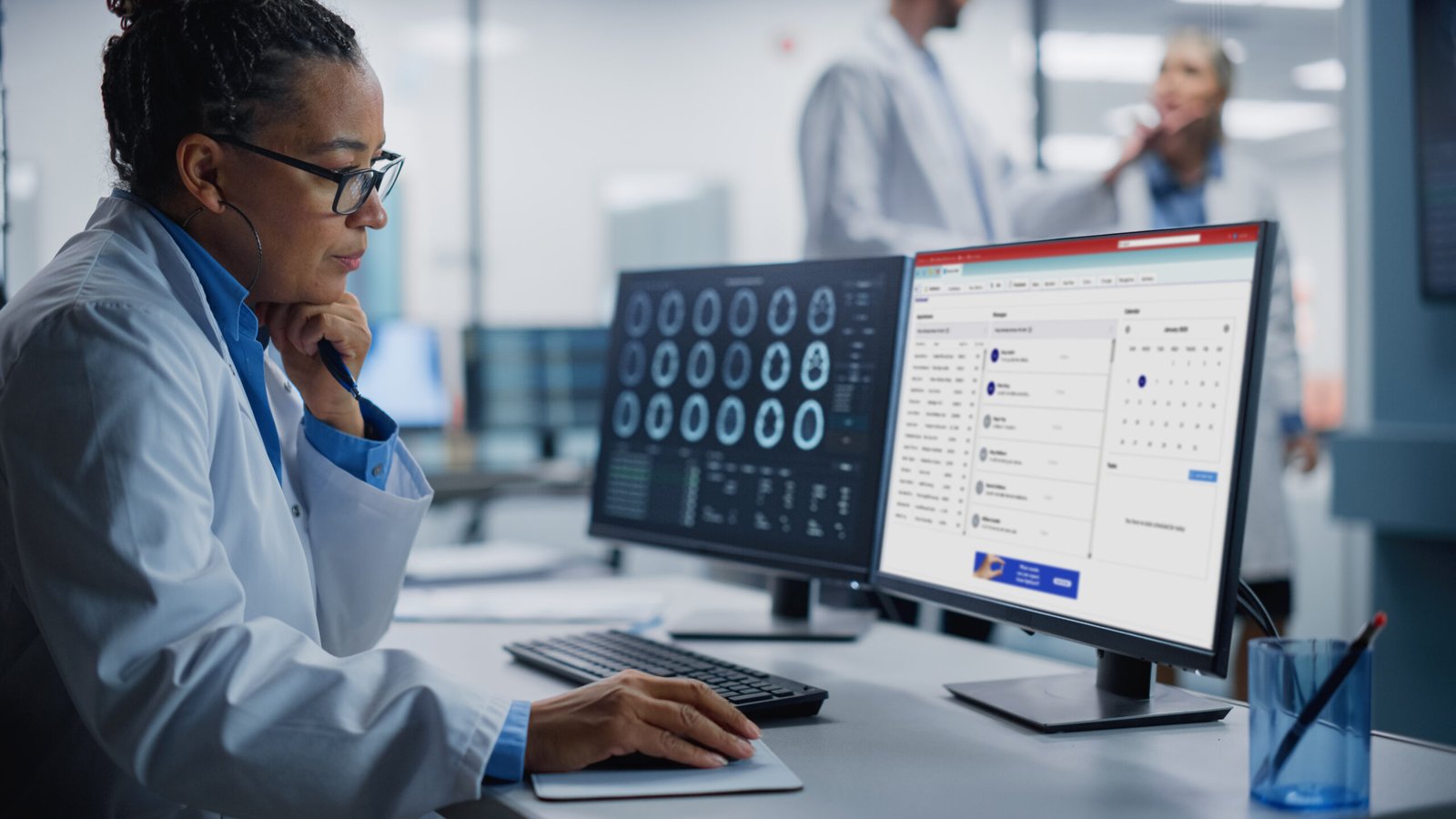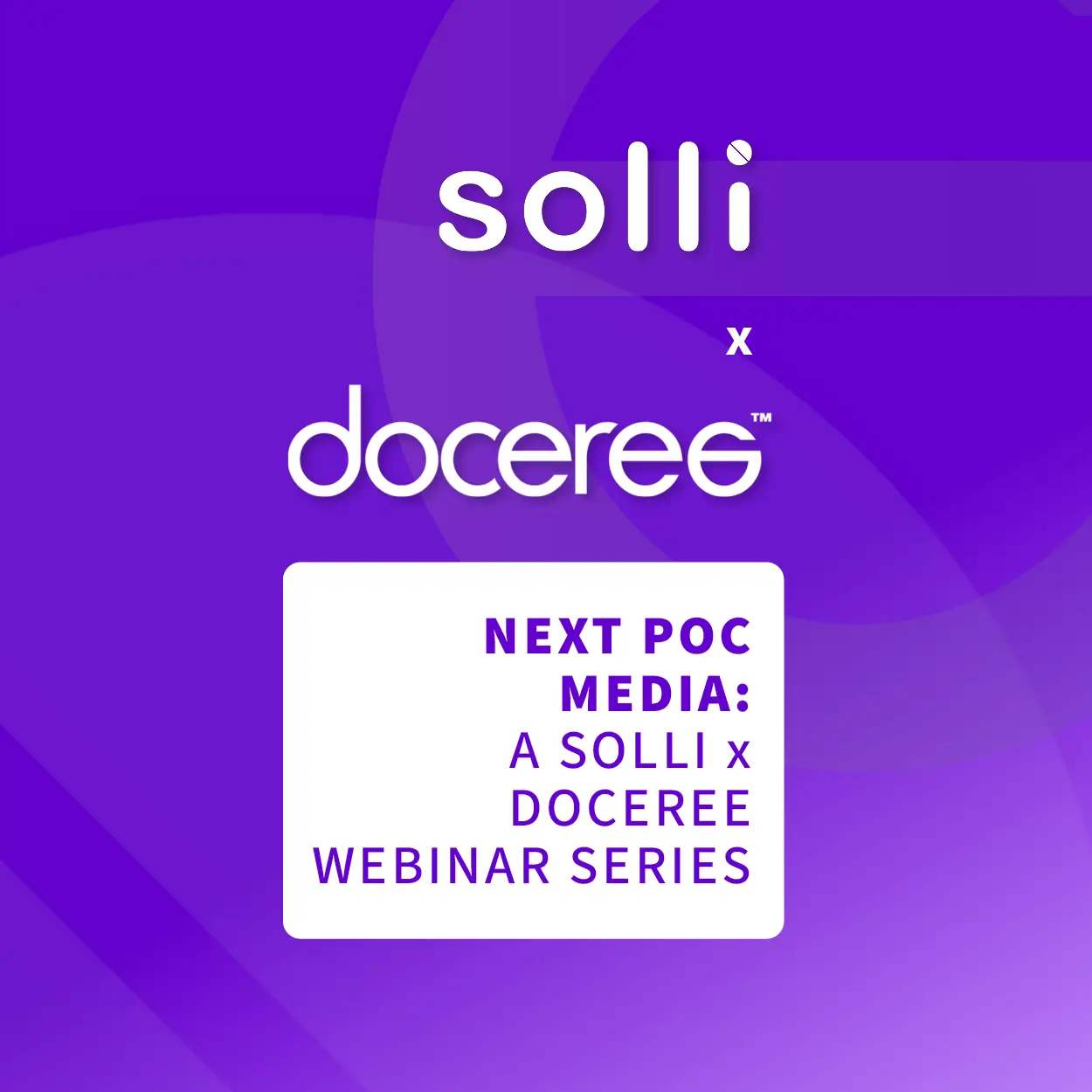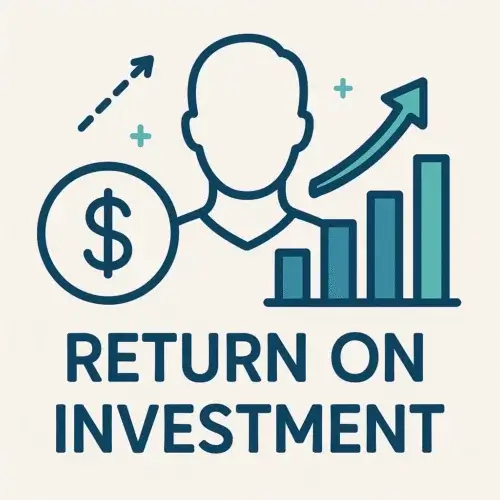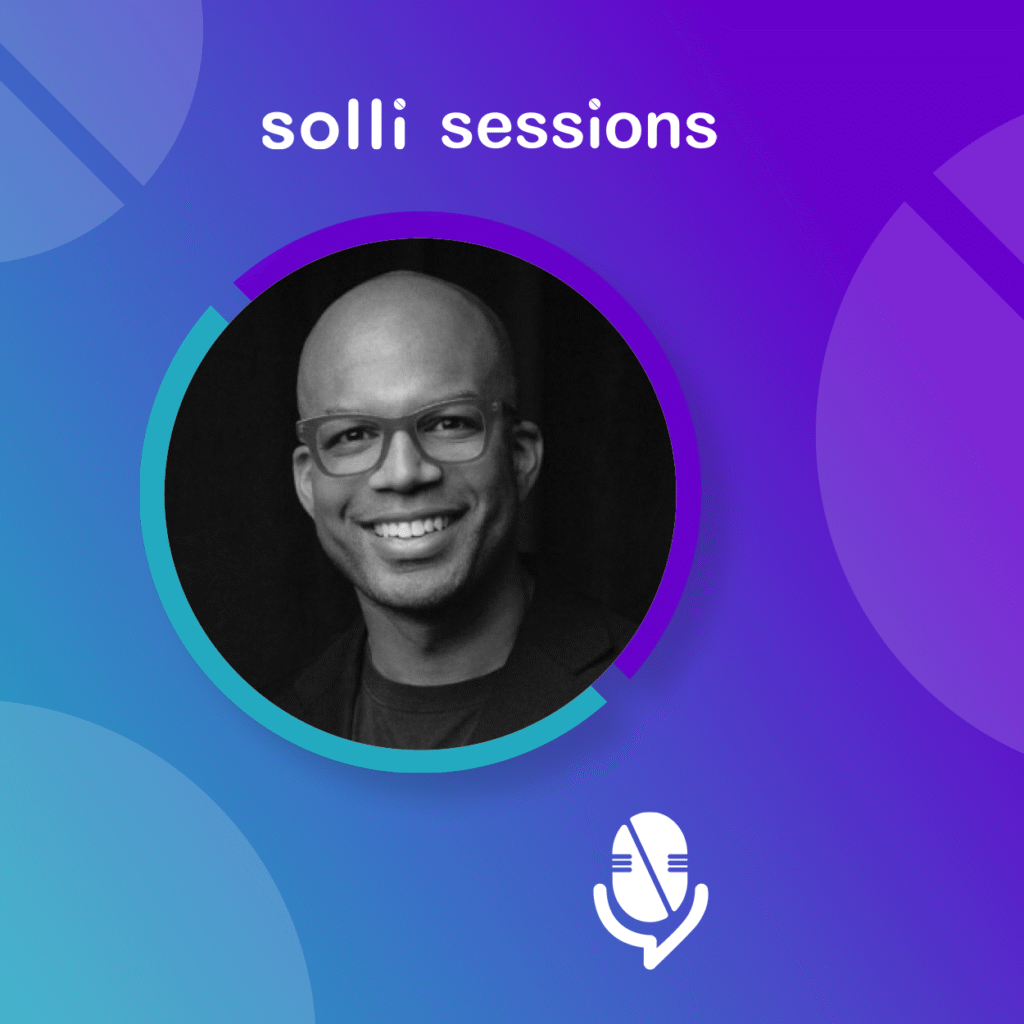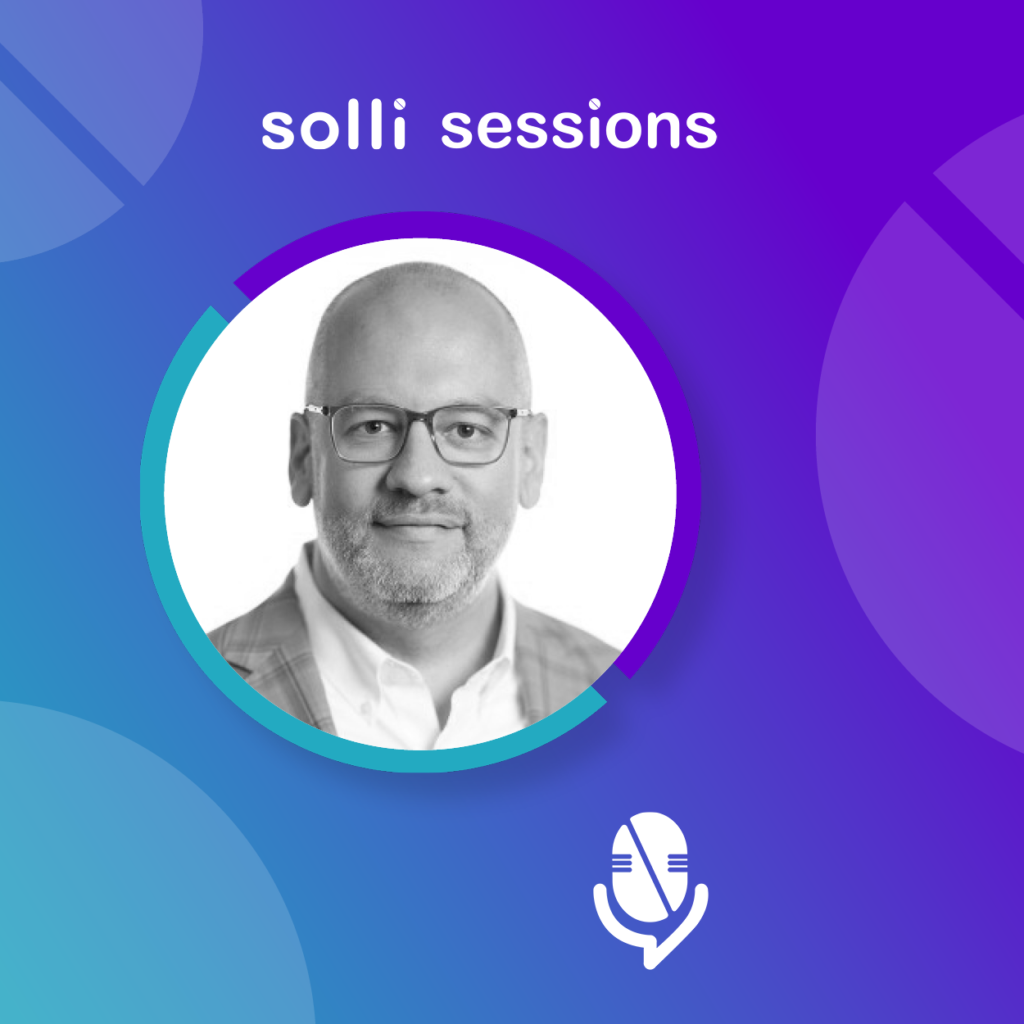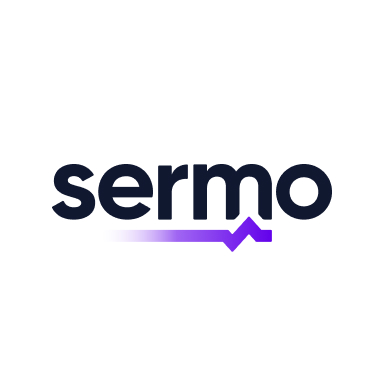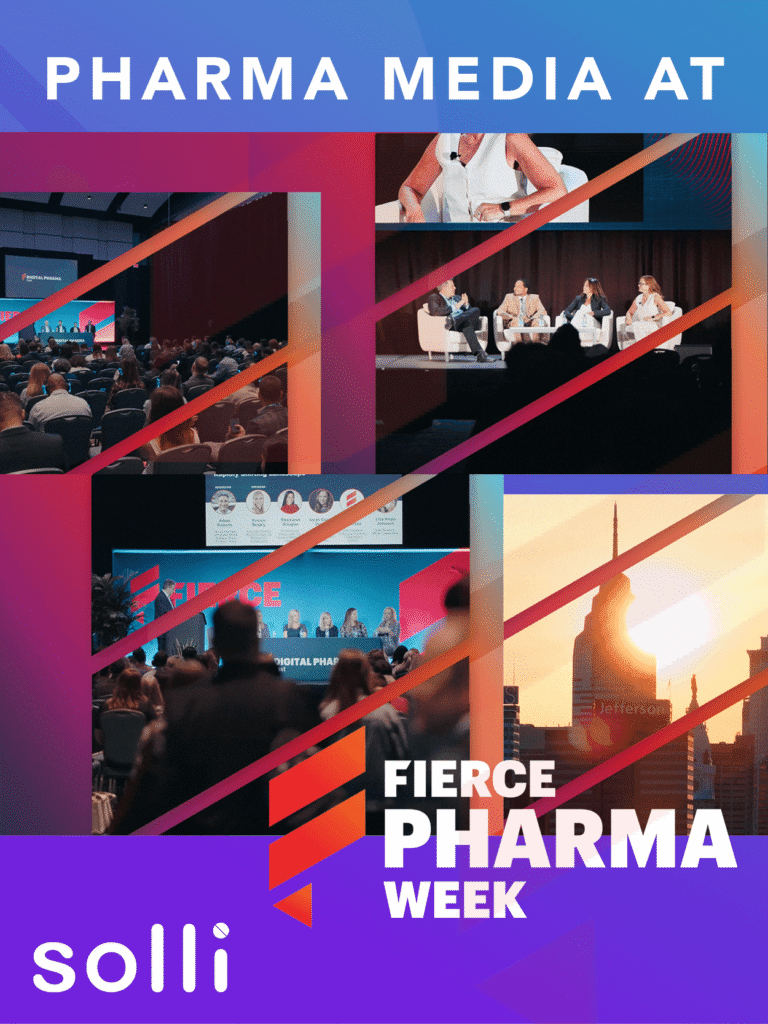Winning HCP Engagement: 5 Must-Know Peer Social Trends for 2026
From gamified learning to short-form video - how to win HCP attention in 2026
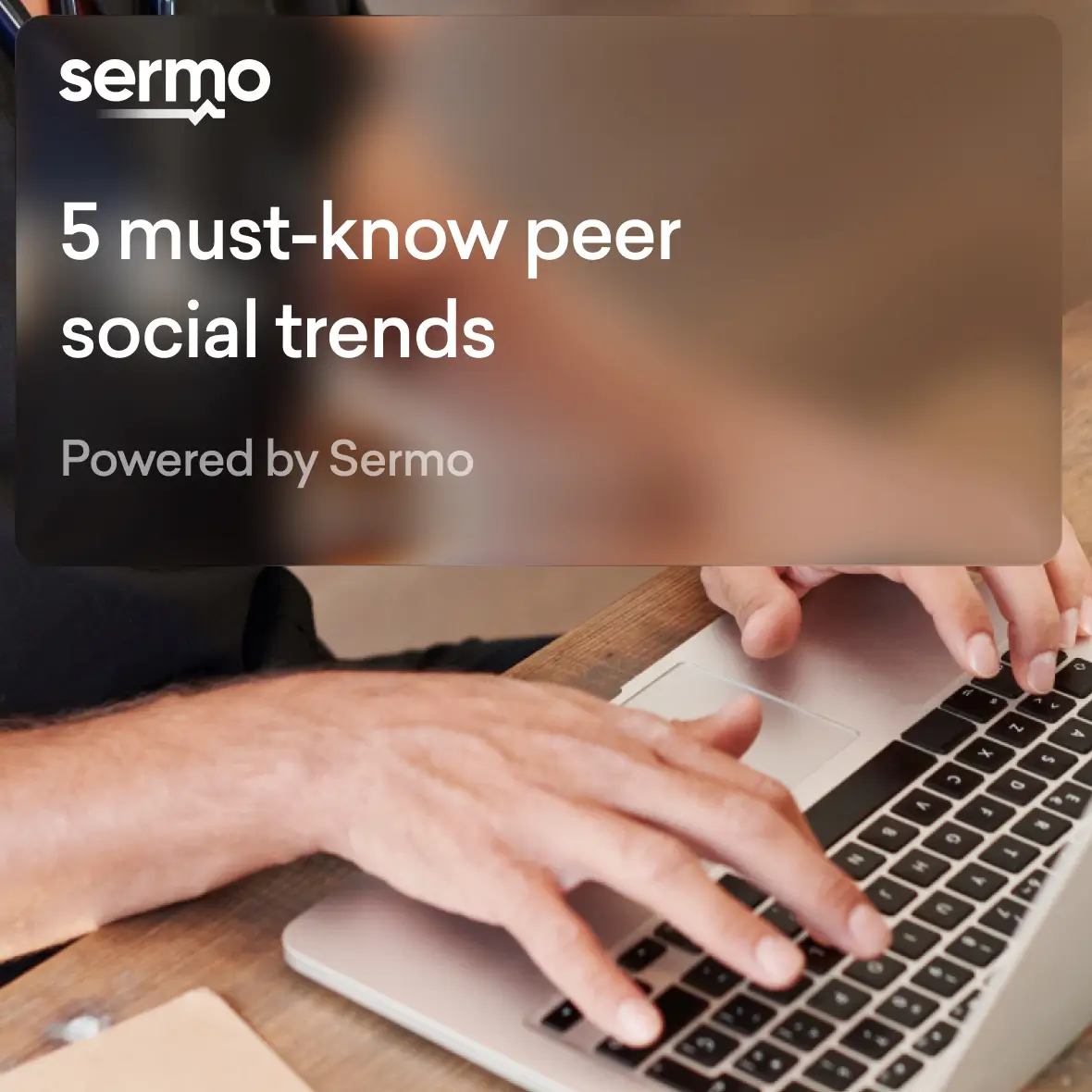
As the healthcare landscape continues to shift at a rapid pace, the way brands engage healthcare professionals (HCPs) on social platforms must evolve just as quickly. Brand planners need to go beyond traditional awareness tactics to foster authentic, data-driven, and personalized interactions that meet the digital and professional needs of today’s HCPs.
The following five social engagement trends will shape peer-to-peer strategies moving forward, helping brands stand out, drive measurable impact, and ultimately, improve patient care outcomes.
Trend 1: Gamification for Engaged Learning
With the proliferation of medical information and time constraints at an all-time high, HCPs increasingly seek efficient, engaging ways to stay current. Gamification, applying game-like elements such as quizzes, challenges, and rewards to learning, has emerged as a compelling solution. In fact, 98% of physician learners report that gamified education promotes knowledge transfer (Pharmafile, 2022).
Why It Matters
By making education interactive, gamification helps:
- Reinforce core concepts and aid long-term retention
- Highlight knowledge gaps to inform future content strategies
- Increase motivation through active participation
- Provide instant feedback to physicians to further education
Applying the Trend
Social platforms that offer turn-key interactive features, like quiz modules or knowledge checks, are well-positioned to support this shift. Quiz-style posts can be used to complement educational content and spark discussion among peers. These formats are especially effective in turning static information into a two-way learning experience—something many HCPs now expect.
As engagement strategies evolve for 2026, gamification offers a practical, evidence-based approach to both educate and connect with physicians in a more meaningful way.
Trend 2: Snackable Video Becomes Essential
In today’s time-pressed clinical environment, video remains the most compelling format, but only when it’s designed to match how HCPs consume content. According to EPG Health’s Future of HCP Engagement Impact (2023), HCPs prefer short-form content, with 57% specifically favoring videos under five minutes.
% HCPs rate their demand as high for the following content formats

Source: EPG Health’s Future of HCP Engagement Impact 2023
These “snackable” videos, concise, engaging, and easy to access, align with physicians’ mobile-first behaviors and preference for on-demand learning. Whether between patient appointments or during a quick break, HCPs seek content that delivers fast, actionable insights without added friction.
Why It Matters
Short videos aren’t just more convenient, they’re more effective. Sermo’s program impact benchmarks show significant performance lifts when video is included in campaigns:
Sermo video content impact benchmarks 2025

Source: Sermo Program Impact Benchmarks
These results demonstrate that video, when optimized for social consumption, drives deeper engagement and better message retention—especially when paired with links to longer-form content that allow interested HCPs to explore topics in greater depth.
Applying the Trend
For 2026, integrating snackable video into your brand strategy is key. On Sermo, short-form videos can be embedded within educational content, creating natural opportunities to engage HCPs in moments that matter.
As content consumption windows shrink, the ability to deliver meaningful messages in under five minutes will define which brands capture attention, and which get skipped.
Trend 3: Hyper-Personalization for Deep Engagement
In a crowded digital landscape, relevance is everything. A recent Sermo HCP Sentiment study found that 81% of physicians consider personalized, practice-relevant content essential—a clear signal that one-size-fits-all messaging no longer meets expectations.
Why It Matters
Physicians are more likely to engage with content that reflects their specific clinical focus, interests, and patient needs. Personalization fosters trust, boosts content relevance, and increases the chances of interaction and follow-through.
Today’s most effective engagement strategies use real-time data signals to tailor communications, not just by specialty, but by behavior, preferences, and context. The result? Content that feels timely, targeted, and valuable.
Applying the Trend
Pharma can leverage first- and zero-party data to scale campaigns by incorporating:
- Personalized messaging to ensure content is relevant, from the specialty level down to the individual physician
- Triggered content journeys that align with individual engagement paths
As personalization moves from a nice-to-have to a strategic imperative, HCPs will increasingly expect experiences that recognize their unique roles and realities.
Trend 4: Expand Reach to the Entire Care Team
While physicians remain key decision-makers, Advanced Practice Providers (APPs) and pharmacists are playing a growing role in shaping treatment choices. According to the Sermo Barometer 33 (June 2024), 74% of APPs identify as early adopters when it comes to prescribing new-to-market therapies.
Why It Matters
Prescription decisions are increasingly collaborative. APPs and pharmacists often serve as the first line of patient interaction, playing a critical role in both treatment recommendations and medication adherence. Engaging them early not only supports uptake, it also reinforces continuity of care.
Applying the Trend
Effective 2026 brand strategies will look beyond physicians to include tailored content and tools for the broader care team. This might include:
- Consultation aids to support APP prescribing decisions
- Education on drug access, reimbursement, and adherence for pharmacists
Trend 5: Omnichannel Executions for Seamless Experiences
We’d be remiss not to mention the trend everyone’s talking about—omnichannel. And no, it’s not just another marketing buzzword. Today’s physicians engage with content across all kinds of digital touchpoints—email, social feeds, virtual events, online communities, you name it. Social is key to meeting HCPs where they are, but the real magic happens when it’s part of a broader, connected experience.
According to the Sermo Content Engagement Survey 2025, a whopping 91% of physicians say repeated exposure to branded treatment information improves retention. Translation? It’s time to stop thinking in silos. A smart engagement strategy isn’t just about showing up—it’s about showing up consistently, across the right channels, with the right message.
Why It Matters
No single channel meets every HCP’s preferences. Physicians increasingly expect control over when, where, and how they engage, making channel flexibility essential. Consistent, cross-platform exposure reinforces key messages while respecting individual workflows.
An omnichannel approach doesn’t just boost visibility, it improves learning and supports better decision-making by meeting HCPs in their preferred environments.
Applying the Trend
Successful execution depends on integrating formats such as email, virtual roundtables, direct messaging, and in-feed content into a cohesive, user-centered strategy. As you plan for 2026, think less about standalone tactics and more about curated content journeys that evolve with your audience’s behaviors.
Conclusion
As the expectations of HCPs continue to evolve, so must the strategies used to engage them. The trends shaping 2026—gamification, snackable video, hyper-personalization, expanded care team outreach, and omnichannel delivery—highlight emerging opportunities to connect with and support healthcare professionals in meaningful ways. Success will depend on recognizing these shifts and thoughtfully incorporating them into planning, execution, and measurement. Platforms that prioritize the needs of physicians and leverage data-driven insights will play a key role in advancing more effective, relevant HCP engagement.
To learn how you can activate these trends on Sermo’s global physician platform, email business@sermo.com



